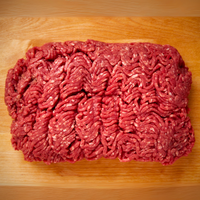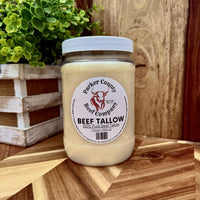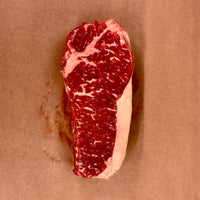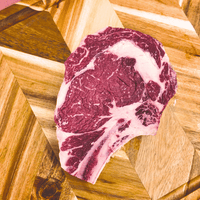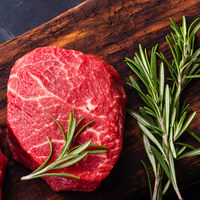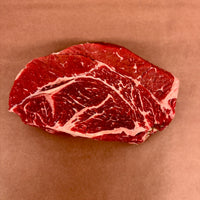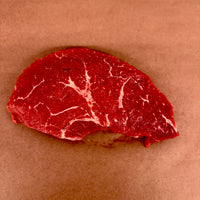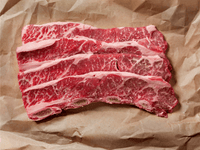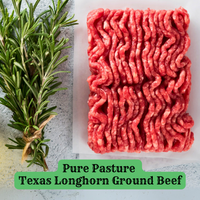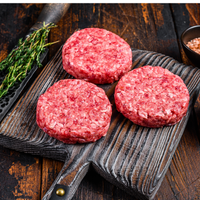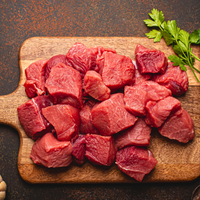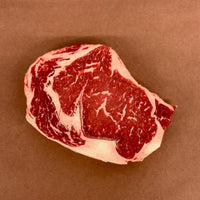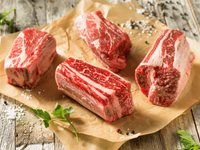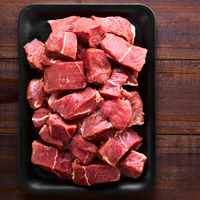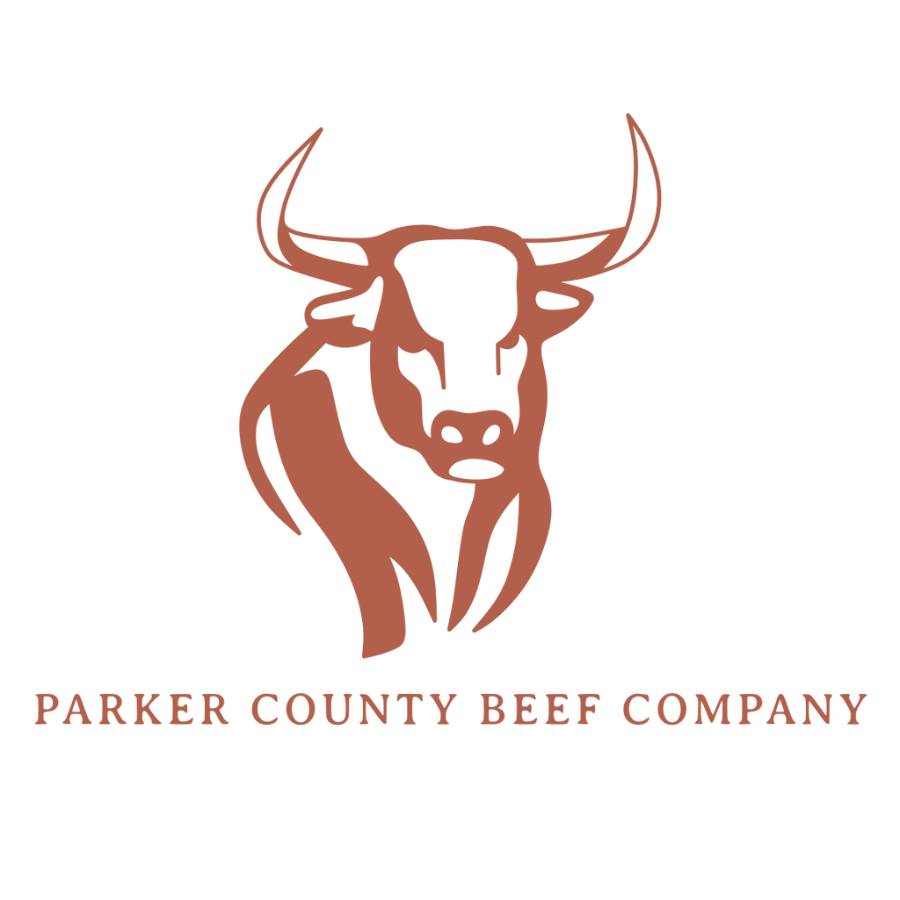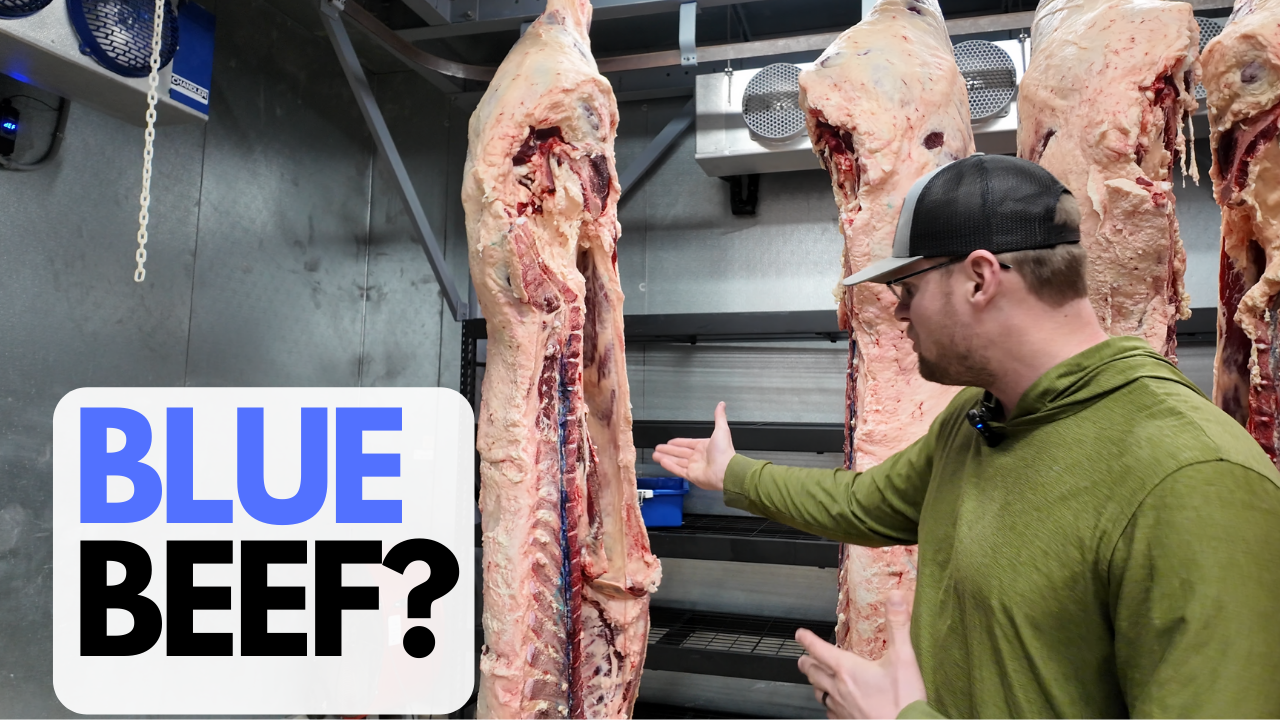Introduction:
At Parker County Beef Company, we take pride in providing transparency about how our beef gets from our ranch to your table. One question we often hear is, "Why do some beef carcasses have blue marks?" These markings, while unusual to see, are a vital part of ensuring food safety and quality. This blog explores the importance of blue markings, their connection to specified risk materials (SRMs), and why they matter for your beef.
What Are SRMs and Why Do They Matter?
Specified Risk Materials, or SRMs, are certain tissues in cattle that are more likely to carry Bovine Spongiform Encephalopathy (BSE), commonly known as Mad Cow Disease. The USDA has strict protocols to manage SRMs, particularly in cattle over 30 months of age. This disease is primarily transmitted through the spinal column in older cattle, making SRM removal essential for ensuring beef safety.
The Role of Blue Marks in Beef Processing
Blue markings on a beef carcass serve as a clear visual indicator. These marks tell processors that the carcass comes from an animal over 30 months old, and the spinal column and related SRMs must be removed. This step ensures that cuts like T-bone and porterhouse steaks are processed safely without any risk materials.
These marks are applied on the harvest floor with edible ink, certified safe for food use. While the information about the carcass age and SRMs is stored digitally in our system, the visual cue helps everyone involved in processing stay vigilant and maintain safety standards.
Edible Ink: What You Should Know
Many customers worry about blue ink on their beef. Rest assured, this ink is entirely food-safe and used for inspection purposes. It's even safe enough to eat—our USDA inspectors have demonstrated this firsthand! These marks are simply another layer of quality control, ensuring your beef meets the highest safety standards.
Why Transparency Matters
Our mission at Parker County Beef Company is to keep you informed about every step of the beef production process. By understanding details like SRMs and blue marks, you can feel confident in the safety and quality of the beef you serve your family.
Conclusion:
The next time you see a blue mark on a beef carcass, you'll know it’s part of a rigorous safety process designed to protect you. At Parker County Beef Company, we’re committed to producing high-quality beef while ensuring complete transparency. Ready to experience the difference? Visit us at www.ParkerCountyBeefCompany.com and let us be your trusted local ranchers.
